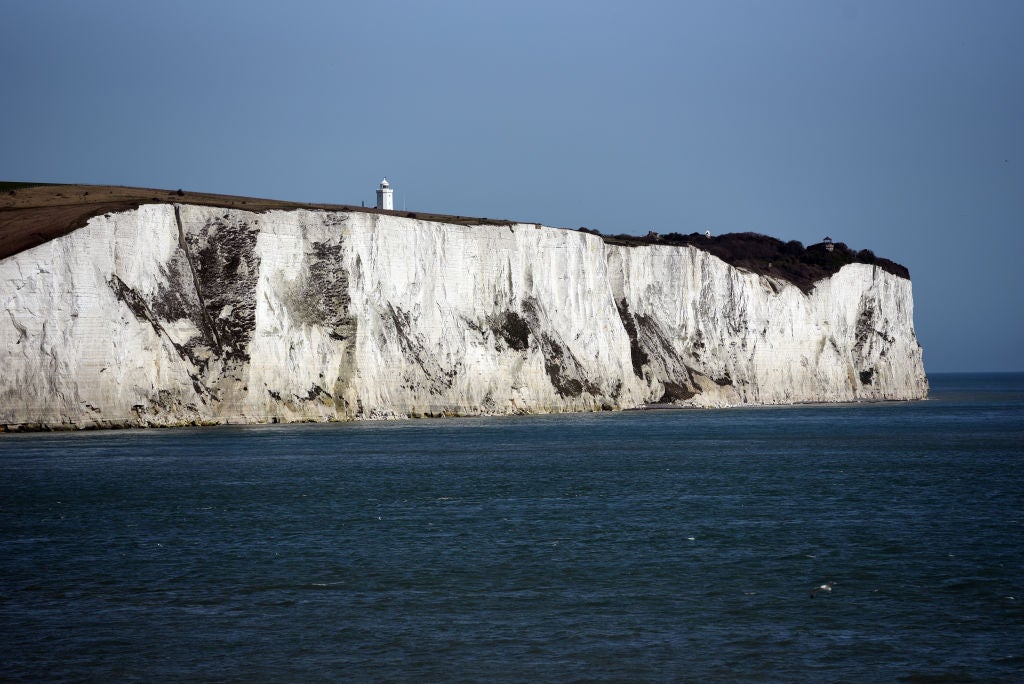The coastal path is a great tourist opportunity for England, but nothing compares to a solitary ramble
The route will bring visitors and cash to remote parts of the UK – but as a lover of solitary walks I'm ambivalent about the promotion of long-distance paths


The longest coastal path in the world is nearing completion, as 2,700 miles around the shores of England is being opened up to walkers after ten years of planning and ferocious battles with landowners. By 2020, the entire route will be free to all – bringing visitors (and their cash) to remote parts of the country.
Scotland and Wales already have coastal paths, so a dedicated rambler (like me) could soon spend months trudging the entire route around the United Kingdom. And yet, I feel ambivalent about the promotion of long distance paths. Too often, they draw crowds to trudge on well-publicised routes, which usually have guidebooks and easy directions, when a few miles away, you could walk for hours along public footpaths in equally beautiful scenery and not see a soul.
The Pennine Way, the South West Coastal Path near Land’s End in Cornwall and the South Downs Way in Sussex are all good examples. I’ve walked hundreds of miles in the UK – from Cardiff to Conway in Wales and east to west from coast to coast from Cumbria to Yorkshire, as well as south from Edinburgh to Greenwich. And yet my favourite walks are on lonely moors – recently I walked alone around the Corrour Estate in the Scottish Highlands and stayed in former railway signal box (now a bed and breakfast) – an unforgettable experience.
Maybe it’s age, but I like walking by myself – and who could fail to be impressed by the recent saga of the two German canoeists on holiday in a remote part of Manitoba in Canada, who – when their craft was wrecked on rocks – hiked for 11 days through mosquito-infested swamps, swimming across rivers and lakes, to Gillam, the nearest town, 65 miles away? On arrival at a motel, they sat down for a few beers and said they “weren’t tired”. My kind of walkers.
Join our commenting forum
Join thought-provoking conversations, follow other Independent readers and see their replies
Comments